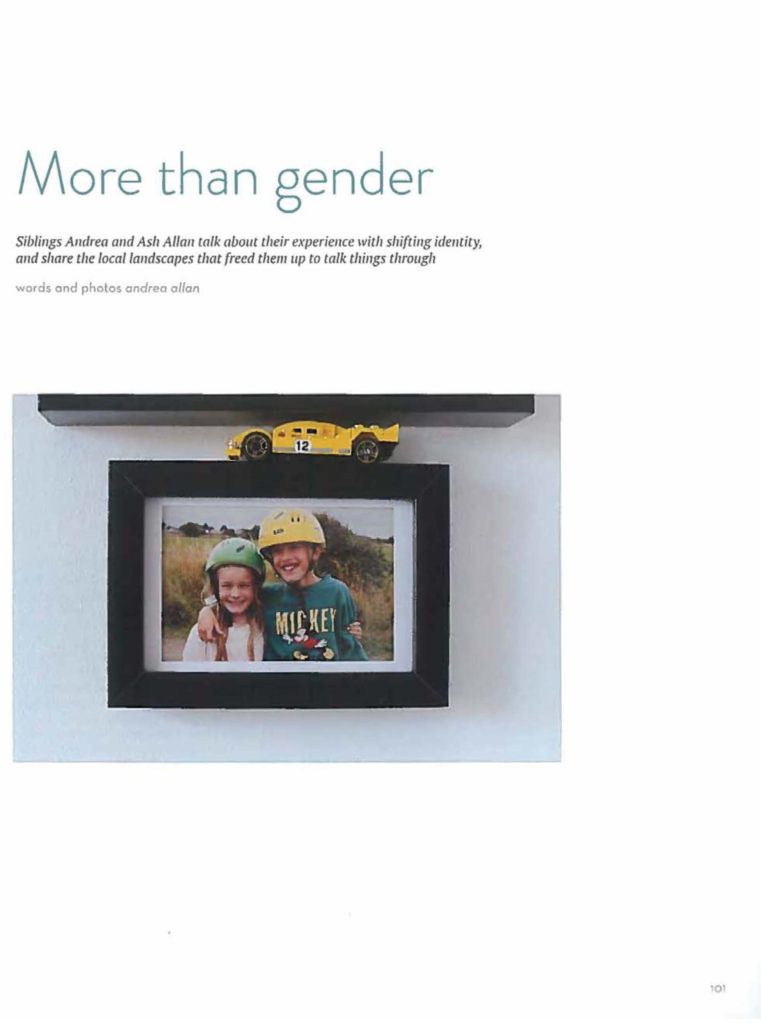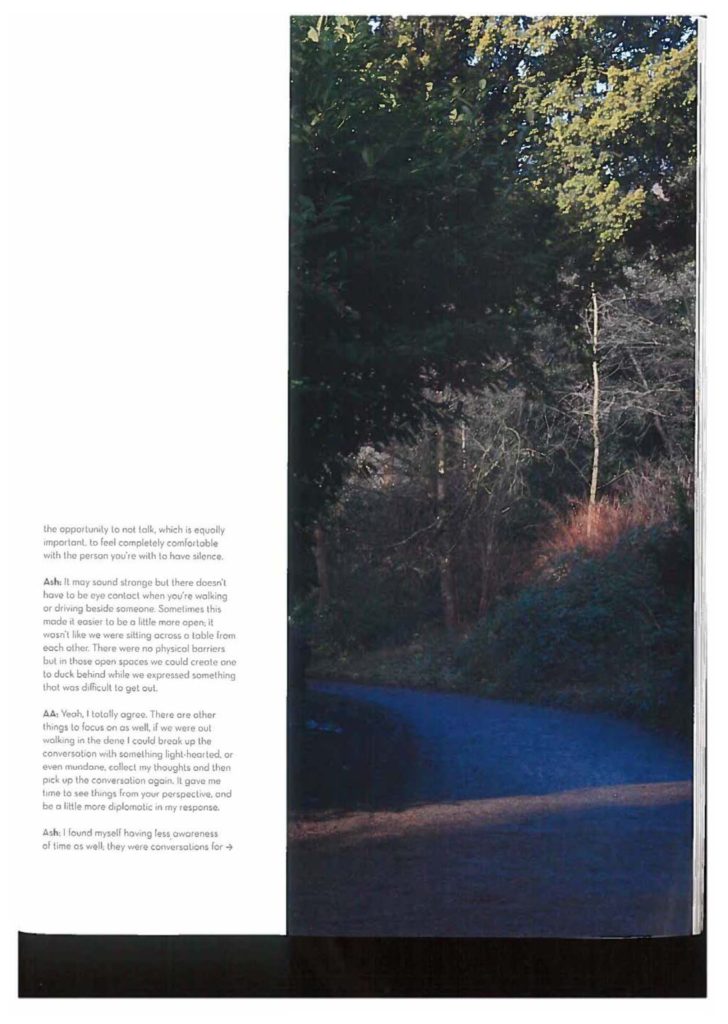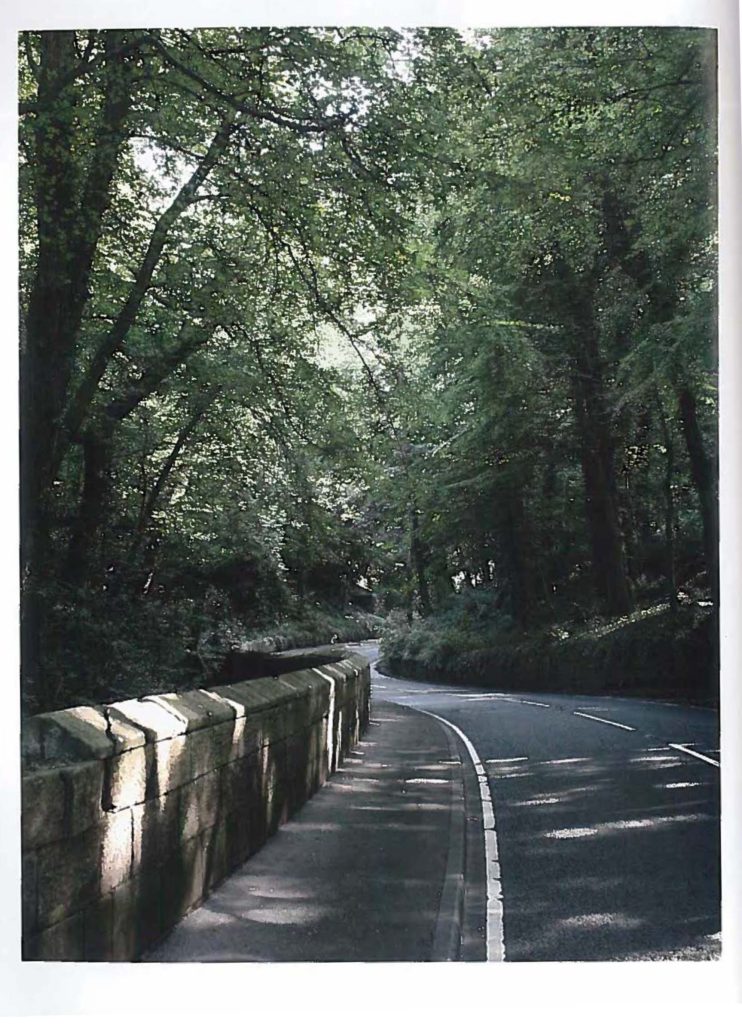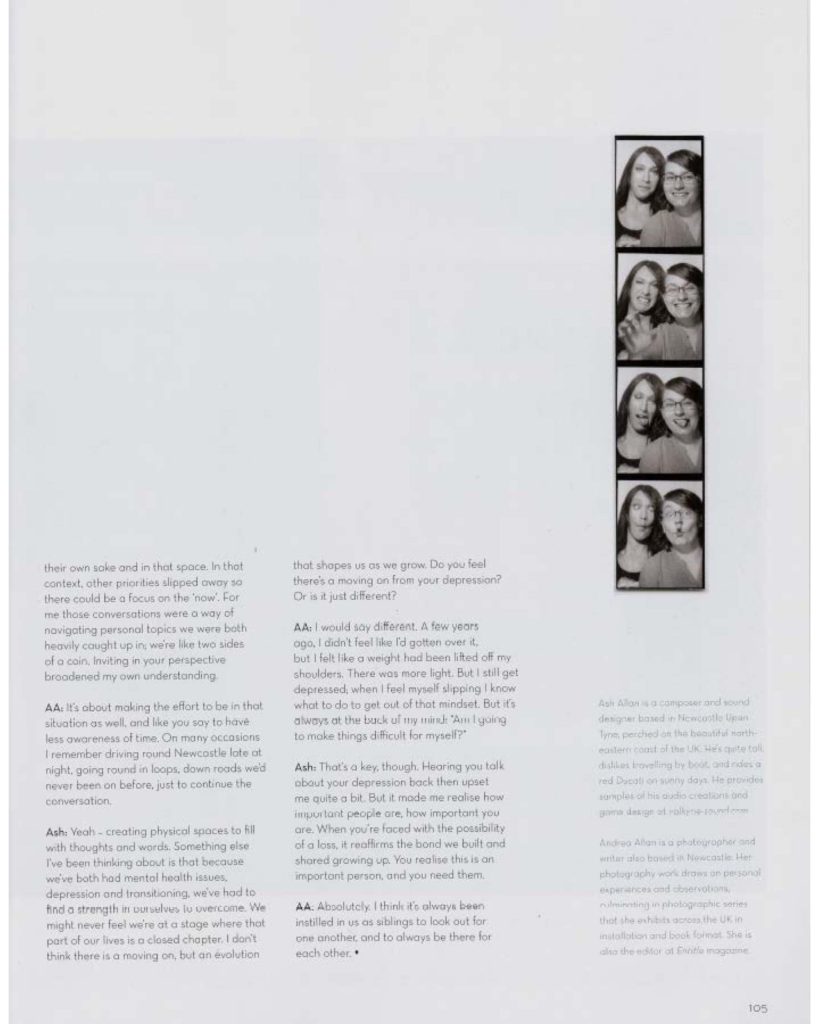| QUESTIONS | THE I | THE DAILY MAIL |
| First introduced? | October 26th 2010 | May 4th 1896 |
| Independent? | Sister paper (the independent) | Yes (bought the I)(£49.6m) 2019 |
| Political stance? | Left wing | Right wing |
| Type of journalism/USP? | inequality, social and political issues | gossip and hot topics about news and celebs |
| Type of people running the paper? | majority shareholders -Evgeny Lebedev (russian, owns Lebedev Holdings Ltd and russia today) businessman owns 41% -Sultan muhammed ( Abujadayel owns 30% -Justin Byam shaw owns 26% -minor shareholders 3% | -viscount Rothermere (chairman) (high power) -Paul Zwillenberg (CEO) |
| Readership reach? | -2019: 221, 083 circulation | monday-saturday: 1,158,192 circulation -2.2m readership |
| Target audience? | -All ages -limited time | lower-middle class British women |
| Sales revenue? | 2008-2018 – decreased by 62% ($37.8b -$14.3b) | 2019 – grew by 15% (to £140m), increasing |
| Embrace new media technologies? | stopped selling hard copies became online (tabloid) | physical papers and online |
| Layout and design? | compact format | Tabloid |
All posts by Hayley F
Filters
The daily mail
- British, middle-market newspaper, published in London
- circulation = 1,134,184
- tabloid
- Founded 4th May 1896
- 65p weekday, £1.80 weekend
- owned by daily mail and general trust
- currently owned by Jonathon Harmsworth (grandson of founders)
- OWNERS: Alfred Harmsworth, Harold Harmsworth
- right wing
- 2014, average reader age = 58, female readers = 52-55%
- won national newspaper of the year 8 times since 1995, last winning in 2019
- VOTES – 2004 53% of readers voted conservative (21% labour, 17% liberal democrats)
- IRISH DM –
- 2006
- circulation = 2007 = 63,511 falling 49090 2009
- CRITICISED FOR racism, inaccurate stories
- ONLINE – 11.34m visits daily
SCOTTISH DAILY MAIL
- Edinburgh – Manchester (fell below 100k) – Glasgow
- founded 1946
- 2019 – 67,900 circulation
IRISH DAILY MAIL
- founded 2006
- circulation = 2007 = 63,511 falling 49090 2009
media theories
Habermas
- Public sphere
- public space between private world, the state and the public where people form opinions
- source of public info
- communication between media companies and consumers
- MASS MEDIA IN THE PUBLIC INTEREST (DENNIS MCQUAIL)
- the media is held accountable for what they do
Curran and seaton
- BOOK = power without responsibility
- Liberal press
- media watchdog (CURRAN), media acts as a watchdog overseeing the government, most important function of the media
- commission (1949) expected to find that “the press as a whole gives an opportunity for all points of view”
- public service broadcasting (unresponsive to popular demand)
- broadcasting in Britain used to to be a monopoly/duopoly
- monopolies can be taken away selling one part of production (horizontal) or selling one from the same area (vertical)
- types of media ownership, CAPITALIST, feed people what they want them to think (private, money), PUBLIC SERVICE, let people make their own opinions (government, help public), CIVIL SOCIETY
Chomsky
- Chomsky is an American linguist, philosopher, cognitive scientist, historian, social critic, and political activist.
- Book – Manufacturing consent : the political economy of the mass media (1988)
- “the political situation evolved by the political elite”
- “major media conglomerates control more and more of the world’s media”
- “the political an economic perspective has been adopted and primarily by left-wing critics and analysts”
- Making people believe something, planting ideas in their heads
- conglomerates have control over population
- media manipulates audiences by using a common enemy eg terrorist
- media companies frame a product in a certain way to make the public believe what they believe (FRAMING)
- the media creates myths to scare people into thinking something is going to happen
- power in economy over consumers
- eg election, placing ads to undecided to sway them in a certain direction
- Structures of ownership
- advertising
- Links with ‘The Establishment’
- Diversionary tactics – ‘flack’
- common enemy
Althusser
- interpellation
- ideological state apparatus ISA
- analyses from a social perspective
- issues of power control and ownership
Gramsci
- Hegemony
- Large media corporations manipulate ideas / change dominant ideologies to favour them
- telling people what’s true and not making people believe something they deem to be true when it actually isn’t
- using dominance to assert power over others to get across your point of view
HASMANDHAUGH
- British sociologist
- professor at Leeds uni
- (BOOK) ‘the cultural industries’
- “the organisational form of the CI has implications for conditions which creativity is carried out” (p99)
- “there must be concerns about this business driven agenda is compatible with quality of working life and well being in the CI”
Music magazine style models



Essay notes
OH = radical in the magazine industry (not typical form/structure)
- unique, different
POSSIBLE ESSAY STRUCTURE
- Characterise media institutions using key language (conglomerate, vertical, horizontal etc)
- Show you knowledge of the institutions responsible for producing your texts (your style model music videos, Men’s Health and Oh)
- Look to make a link between institutional analysis / critical thinking and Textual representation eg Chomsky ‘Manufacturing Consent’ eg Althusser (ISA, interpelllation) + Mulvey (Male gaze) & Lacan (mirror theory)
- Draw on a range of key Feminist Critical thinkers (you will need to read around and think)
- Illustrate your understanding of Feminist critical thinking in relation to institutional analysis and apply to
- specific references to your music video style models
- Include specific references to Oh (Comely) CSP.
- Include specific references to Men’s Health
- You could also try to include some reference to the #metoo movement and the scandal involving Roger Ailes at Fox News.
- HOWEVER, THIS IS NOT AN ANALYSIS OF BOMBSHELL – which is a narrative fiction film (based on real events). IT IS THEREFORE NOT A RELIABLE SOURCE FOR YOUR ARGUMENT – JUST A STARTING POINT TO HELP YOU THINK.
OH CSP
Alternative institutional structure
- independent magazine published by iceberg press (small London publisher)
- independent media company
- iceberg shows a commitment to print over any other media form
- represent femininity with a focus on creativity and quirkiness
- niche company (unique)
there’s an absence of men – suggesting OH is a radical company set up to combat and challenge the dominant ideology of men being in power, challenging the patriarchal society
- wanna show they can be independent men aren’t here to dominate women and control them
ICEBERG PRESS
- created in 2014 by 3 friends/colleagues (were working for biggest media companies) – iceberg press and bought simple things
- Lisa Sykes, Guy Foreman and David Parker
- OH created 2016
ICEBERG PRESS’ MOTIVES/VALUES
It’s all about the audience.
Chase the work, not the money.
Compromise isn’t our friend.
We will always make time for ideas.
We are stronger when we work with others.
We want good people to work in a good place.
Every year we will help a cause that matters.
GHOST TOWN
- mixture of race, suits, all in one car (metanarrative), reggae,
- ‘no job to be found in this country’ (said by black person, immigration, discrimination),
- ‘people getting angry’ (jobs, revolution, people not accepting others for who they are),
- look like they’re having fun, police sirens gets they’re attention (whilst throwing stones on beach), suggests afraid of being together (other people’s views)
- ‘this town coming like a ghost town’ ‘too much fighting on the dance floor’
- ‘why must the youth fight against themselves?’ ‘no job to be found in this country’
- lots of time between lines suggesting a journey
- industrial, empty streets suggesting fear of integrating
Social and cultural essay
Both postmodernism and postcolonialism focus of social, cultural, political and historical constructs, which all helped to create the world and society we know and live in today. Many theorists are intrigued by these topics as they show exactly how society has shaped itself and how it has both caused and resolved problems , which have occurred due to events in the world and people themselves. Postcolonialism focuses on individuals whereas postmodernism focuses on how society is as a whole.
Professer Natalie Fenton quoted in a book called ‘fake news vs media studies’ written by J.McDougall; in this she quoted “I’ve always said you can’t understand the world without the media nor the media without the world”. This supports the ideology that media products challenge the social and cultural contexts in which they’re created, suggesting that you can’t have one without the other, both the world around you and the things happening in it whether is be good or bad, can’t be understood without media products and vice versa, for example if there was a war going on in a country or if there was a huge crime somewhere, you wouldn’t know about it unless you heard it in the news, the news helps people understand what’s going on in the world around them and if they can do anything to help.
Natalie looks for the links between media and the real world seeing how they overlap and intertwine with one another, whereas Ibid, quotes “I do spend long periods of time with my gaze turned away from the media, because I’m seeking to understand what’s going on out there, and then the role of the media in that context. This suggests that Ibid wants to find things out on his own without the media then find out how the media portrays that same event, this could be due to the social ideology that the media is propaganda and plants false memories into people’s heads trying to make them believe something that isn’t true or see something in a twisted way, this is to abuse the power they have over ordinary individuals such as you and I, this is an example of hegemony(thought of by Antonio Gramsci) where parties of high power or dominance uses that power over individuals with less power or influence and sway them to believe something that is false.
Common’s letter to the free ft Bilal was made as a soundtrack to the ’13th amendment’ documentary’, the abolition of slavery, common quotes in the song ‘slavery’s still alive look at the 13th amendment’ and ‘prison is a business, America’s the company’ and ‘buildings are a method with black and brown bodies to film them’, this is addressed in the documentary, explaining that slavery still exists today even after centuries. The fact that this is happening suggests that black people are viewed as criminals (the song quotes ‘instead of nigga they use the word criminal’ suggesting that all black people even if they were born in America and are American and haven’t committed a crime they are still a criminal’), Paul Gilroy suggests that we have a double consciousness such as a person being both black and American, however the 13th amendment suggests that black people are only criminals nothing else and they and aren’t treated fairly ‘not seen as humans with feelings’ they’re only seen as worthless objects to make money for America. This discrimination and worthlessness is seen in everyday society where black people are stopped and searched and arrested for no good reason other than just because of their race, this is seen a recent TV ‘trinkets’ where a black girl walks into a shop and the employee is immediately suspicious of her and accuses her of stealing when she didn’t pick anything up. The social and cultural context in which letter to the free is set is the problem of slavery from centuries ago up until now in the modern day, this song challenges this as the name itself shows the trapped calling out to the free to listen to their plea and saying that it’s not ok slavery is not ok in anyway and is dehumanising the innocent and is being run as a business to make American money, slave trading is still going on in the world, America having the highest rate of it in the world. It can be said that George Gerbner’s cultivation theory can be used with this song meaning that the more people see the video the more they will realise the dominant reading being portrayed in the video showing that slavery needs to be stopped but that will only happen when people realise this and do something about it. Recent events of the riots for black lives matter is the start of this showing that black people are people just like all the white people in the world, they have just as many rights as we do.
Both commons letter to the free and the specialist’s ghost town music videos have long intros suggesting the long process and how the history of racism and discrimination and the long journey black people have to go through to become free and remove the ideology that black people are bad and challenge that and create a new ideology that they should have equal rights. In ghost town in the music video as the title suggest the streets are deserted so the people in the car are isolated (like the people in letter to the free are isolated in big rooms far apart from each other), it’s only them there driving recklessly through the streets, in the car is mixed race which shows inclusiveness and black and white people coming together as one. the song quotes ‘no jobs left in this country’ talking about the youths suggesting that the issues with racism and discrimination will be a problem for the youth’s if not resolved, cause a dangerous and unsettling world in which the younger generations are going to live in. This challenges the social and cultural setting as inside the car in the music video it is cross cultural suggesting peace has been formed and that the black and the white can come together as one and make society better, it also looks like they’re having fun whilst driving symbolising friendship and the bond that can be created between races. In ghost town there is a large gap filed with music between lines in the song, suggesting that things have to be thought about. At the end of the music video sirens can be heard in the background when the people are throwing stones into a river which grabs they’re attention suggesting that it is considered bad to associate with a different race at the time this video was made, this supports the social and cultural context it is set in.
David Hesmondhalgh + Rupert Murdoch
- critically analyses relationship between media work and the media industry in his book ‘the cultural industries’, 2019
- ‘the distinctive organisational form of the cultural industries has considerable implications for the conditions under which symbolic creativity is carried out’ – meaning working in the media isn’t what you think it is, it’s carried out in a way you wouldn’t think it was
- ‘there must be serious concerns about the extent to which this business-driven, economic agenda is compatible with the quality of working life and of human well-being in the creative industries’ (written with banks). – this suggests that the higher ups in the media industry care more about succeeding and becoming the dominant media business
- ‘creative work is now imagined only as a self-actualising pleasure‘ – suggesting people only work in the media industry to achieve a sense of self worth and not to help people in escapism, all they want is to be successful and make money from it, so rather than being driven making a difference and making something people enjoy, people in the media industry are narcissistic and are driven by money.
Murdoch media empire
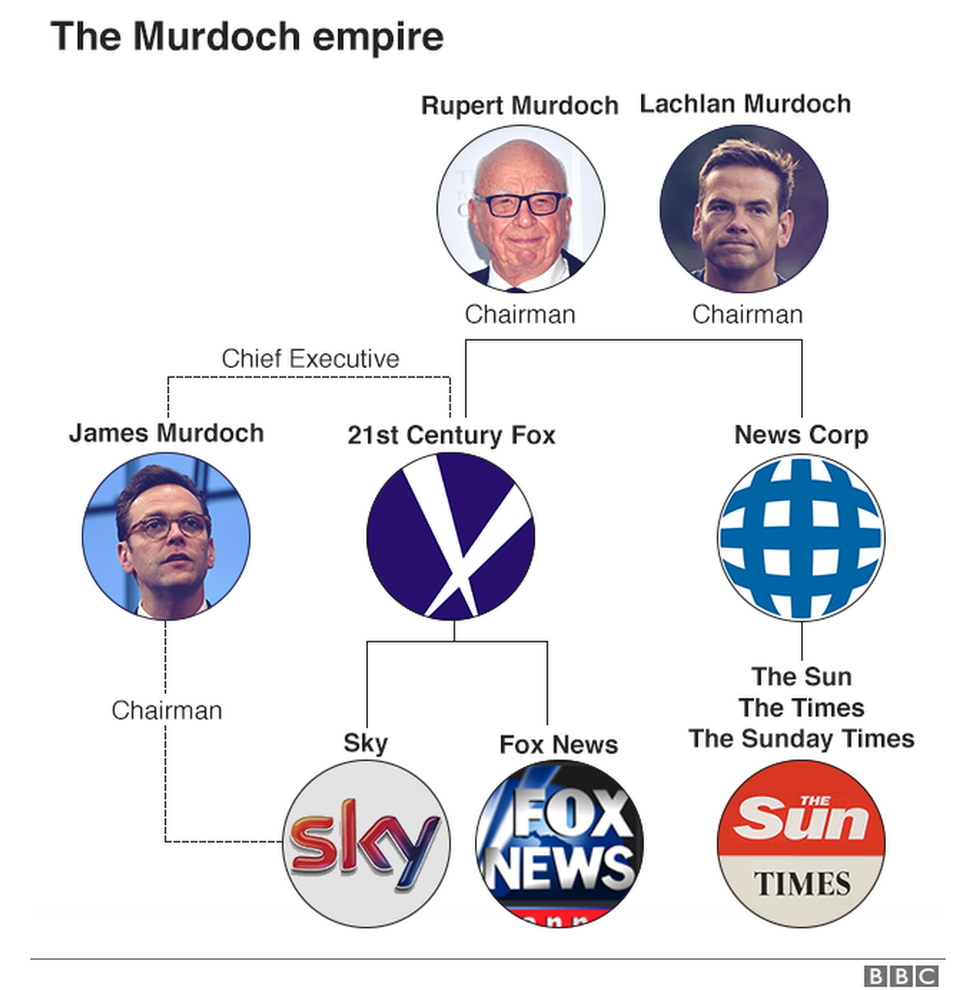

Media industry
- Media concentration / Conglomerates – one company owns multiple businesses and companies within the media industry
- Globalisation – a business operates globally, offering it’s services (in this case films/tv, satisfying the need for gratification), cross culture of media
- Vertical Integration – taking ownership of more businesses within the same area eg news stations, however not becoming a monopoly and owning ALL of them
- Horizontal Integration – taking ownership of businesses in different areas of the media, eg a film company taking over a magazine company
- Gatekeepers – someone with authority who let certain people in and out
- Regulation / Deregulation – putting laws in place to regulate and control businesses telling them what they can and can’t do / reducing rules set in place to help businesses.
- Free market – any business can get what they want, no one has a dominant position in the market meaning everyone has a fair chance of being successful and making good profits, lots of competition
- Monopolies – one company owns all the businesses in an industry which gives them a dominant position in the market as it can be abused and put smaller businesses out of business, not enough competition
- Mergers – 2 or more businesses merge together to become one big company
- Neo-liberalism and the Alt-Right –
- Surveillance / Privacy / Security / GDPR – Media companies have their own right to a product they produced or distributed, so need to be protected to stop pirating and people ‘stealing’ the product and making a profit out of it (copyright)
Media regulation
- control over monopolies and mergers (big conglomerate abuse power) (Murdoch denied SkyB) owns 39%, can overthrow government if own too much
- Ofcom regulator of competition
- Murdoch regulate his empire – telling newspaper editors what to write even if they don’t agree with it, (tony blair)
- Media influences audiences of who to vote for
- Murdoch is a foreigner to the UK
- Gramsci hegemony – dominance, balance between government and businesses, government control media to change dominant ideology of the public
- Jaques Lacan – see themselves in the media so they can relate to it, give the people what they want and what they don’t know they want
- Gatekeepers control who comes in and out of businesses
- Chomsky – manufacturing consent major media conglomerates control the mass media, spreading ideas and changing people’s views without them knowing influencing their decisions, control what the public thinks








